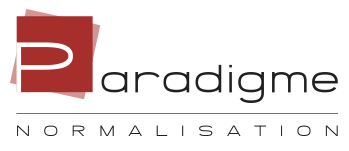Training
Audit engagement – CAS 315/530, RMM and Assessing the number of tests

Length: 7 h 00
Improved training for 2025-2026
Summary
Planning an audit engagement is a key step to ensuring file quality and compliance. Yet, professional reviews have identified two recurring weaknesses:
- Insufficient documentation of the auditor’s understanding of the client’s business activities and the assessment of risks of material misstatement (RMM).
- Lack of a clear and justified methodology for determining the number of substantive and/or compliance tests.
This training emphasizes these essential elements to help practitioners thoroughly document their understanding of the entity, the RMM assessment, and the chosen testing strategy. It aims to equip CPAs to optimize the quality of their audit files, meet professional standards, and strengthen the credibility of their work.
Learning Objectives:
- Properly structure the documentation of the understanding of the client’s operations and internal controls.
- Identify and assess RMMs by financial statement line items, including fraud risks and entity-specific risks.
- Justify and document the chosen audit strategy (combined or substantive).
- Establish and apply a clear methodology for determining the number of substantive and/or compliance tests.
- Extrapolate and robustly conclude on the errors identified.
Agenda
Audit planning
- Understanding the entity and documenting internal controls
- Walkthrough tests and analytical procedures
- Assessment of RMM by assertion and financial statement line items (ASPE and NFPO)
- Determining and documenting the audit strategy
Execution of the audit engagement
- Determining the number of substantive tests
- According to a risk factor and the materiality threshold
- According to a statistical approach
- According to a percentage of coverage approach
- Determining your firm’s policies on choosing the various tools proposed for determining the number of tests
- Documenting the results obtained
- Extrapolating the errors found
Last but not least
- Presentation of the changes made to the Paradigme Audit Questionnaires
- Comments from the professional inspection
- Discussion with participants
Results for Your Firm
- Better structured audit files, aligned with professional standards and recognized as rigorous.
- Strengthened documentation of the understanding of the entity and RMM, reducing the risk of deficiencies during quality review.
- A clear and defensible methodology for determining the number of tests, facilitating audit decisions and increasing work efficiency.
- Improved readiness for professional inspections and stronger positioning in terms of quality and credibility with clients.
Soyez les premiers informés!
Inscrivez-vous à notre infolettre et soyez à l’affût des formations disponibles et des nouveautés.


